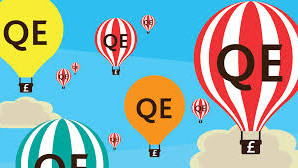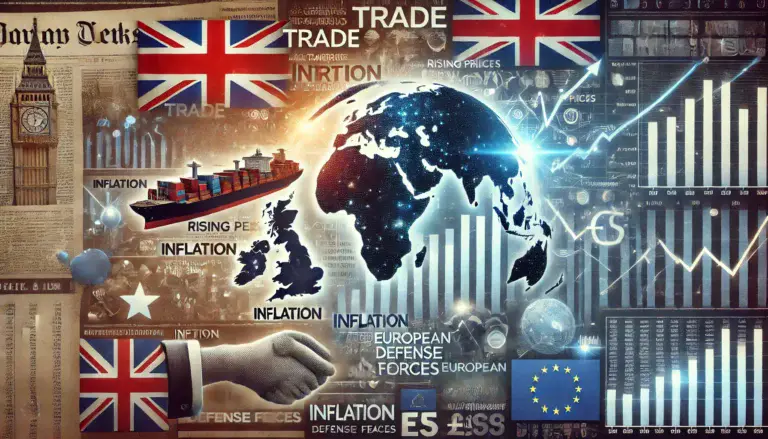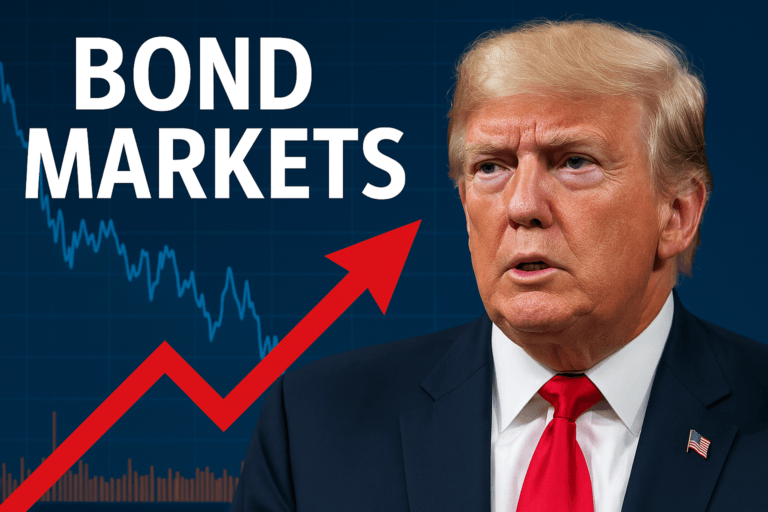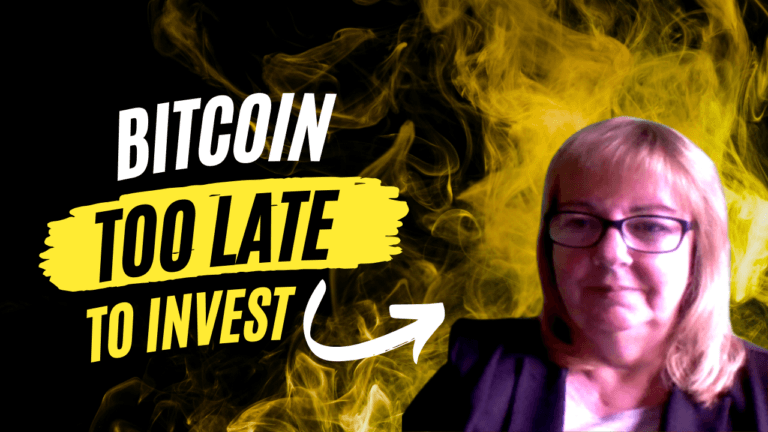What Is The New Norm?
As one trillion dollars flows into the stock market, more than the previous 19 years added together, is this the new norm for investing?
Stock markets have seen unprecedented increases at a time of a struggling economy. Businesses are battered by consistent lockdowns hitting jobs and profits. Proposed interest rate hikes are likely to hit the businesses quite hard when they are already at a low.
Is the money flowing into the markets sound investment strategies or simply gambling on continued low interest rates and high inflation ignoring traditional measures of profitability and growth for a company.
Are we seeking the new norm of gambling the economic future rather than investing on fundamentals.
Interest Rates
Most countries have record low interest rates with some even having negative rates.
In the US the 10-year benchmark is currently at minus 1% with long term bonds at just below 1.8%. Bank of America, Strategic Analysit, Barnaby Martin says there is an expectation that once central banks start raising interest rates they won’t be able to sustain it before they start dropping again.
In Europe the sentiment is exactly the same. Craig Inches from Royal London Asset Management says – The markets are indicating interest rates won’t get very high and real yields with stay low.
The US Fed, Bank of England have all indicated their intention to start raising interest rates in an attempt to control inflation.
They want to get interest rates back to the norm.
Is the Economy Robust Enough for Rate Hikes
Almost a quarter of the way through the 21st Century, the world has gone from one disaster to the next despite expectations for the new century.
In 2007, natural disasters and financial duplicity saw a run on Northern Rock Bank triggering a domino effect as financial insitutions collapsed. The credit crunch of 2008 almost collapsing world economies culminated in one of the worst recessions in history. Officially, in the UK the recession lasted from 2008 – 2014. Austerity measures became the new buzz word.
Business was badly affected with many well known brands disappearing from the high street never to be seen again. As people lost the jobs, interest rates dropped to record lows in an attempt to get nations spending.
Throughout what is now referred to as “The Great Recesson” the Fed and Central Banks were continually saying they wanted to get interest rates back to the norm. Hinting that the norm is around 5%. It never happened rates stayed low peaking around 3%
Fast forward a couple of years and the Pandemic hits global markets. Again, businesses suffer and despite liquidity measures from the Fed and Central Banks through furlough schemes and grants, unemployment went up. Interest rates dropped to record lows and currently remain at those levels.
Despite low interest rates, businesses have been slow to recover. Pandemic restrictions continually change and this has a major impact on businesses with many folding. Easyjet, just this week, indicated they are looking at USD1 billion loss for the year. Travel and hospitality have been the hardest hit industries. They are by no means an exception.
Has the economy recovered enough to start raising interest rates?
What is the Norm for Interest Rates
History tells us a lot about the future. Bank of England interest rate data goes back to January 1975 where the rate was 11.25%. It peaked at 17% in November 1979. Since then, although up and down the highs became lower and lower. By January 2000 the rate was 5.75%. For the next 20 years rates have steadily declined. By March 2009 they were down to 0.50% and in March 2020 they dropped to 0.10% where they currently remain. (Data supplied by Bank of England) 
In the US the data goes back to 1955 when interest rates were at 2.50% by 1981 they hit a record high of 22.36% before dropping back 7.03% in 2000. They continued a downward trend reaching 0.25% in 2009 and 0.05 in 2021.
From the above data in both US and UK, it is easy to see there has never been a norm for interest rates. Historical data indicates interest rates during the 21st century have consistently been low with more than half of the past 21 years at less then 1%.
The question has to be, are we already at the new norm?
Mechanism for Controlling Inflation
Interest rates are used as a mechanism for controlling inflation.
The theory being if consumers have to pay more for credit/mortgages, they will have less money to spend. This means with less money to spend, suppliers have to reduce prices to get more sales. This cycle then helps to reduce inflation.
In the past, when there was high inflation, interest rates were slightly higher than the rate of inflation.
In the UK inflation is at 4.2%. In the US inflation rate is 6.2%. Traditional this would mean interest rates running at 5%-6% for the UK and 7%-8% for the US.
While the Fed and Central Banks would like to put interest rates up to curb the rate of inflation, the economic impact on businesses and jobs is unlikely to support the increase. A new mechanism for controlling inflation is needed.
Finding a Balance
Central Banks walk a fine line in trying to balance the economy through interest rates.
Quatitative Easing, the printing of new money into the economy, has been used as a tool to keep economies afloat during the pandemic lockdowns. With trillions of dollars, pounds, euros and almost any currency you want to name being pumped into the markets.
Every time more money is printer, it devalues the currency. It is a contributor to rising inflation.
Tapering the amount being introduced each month will have an effect of reducing the amount of cash in circulation. In the long run it could help to reduce inflation.
Adding interest rates hikes at the same time is like a double edged sword to an already struggling economy and could well topple an economy into a recession.
How high will interest rates go is unknown. It is quite possible that we are already at the new norm with rates staying consistently below the 1% level for many years to come.
The money flowing into the stock markets is unjustified when many businesses and jobs hang in the balance.
We are now in the new norm of ultra low interest rates.

Karen Newton is a Business and Wealth Strategist, 3x International Bestselling Author, and founder of Karen Newton International. She combines practical experience with AI-Powered Entrepreneurship to help smart entrepreneurs build online income, invest strategically, and create long-term wealth through business growth, investments and joint ventures.







